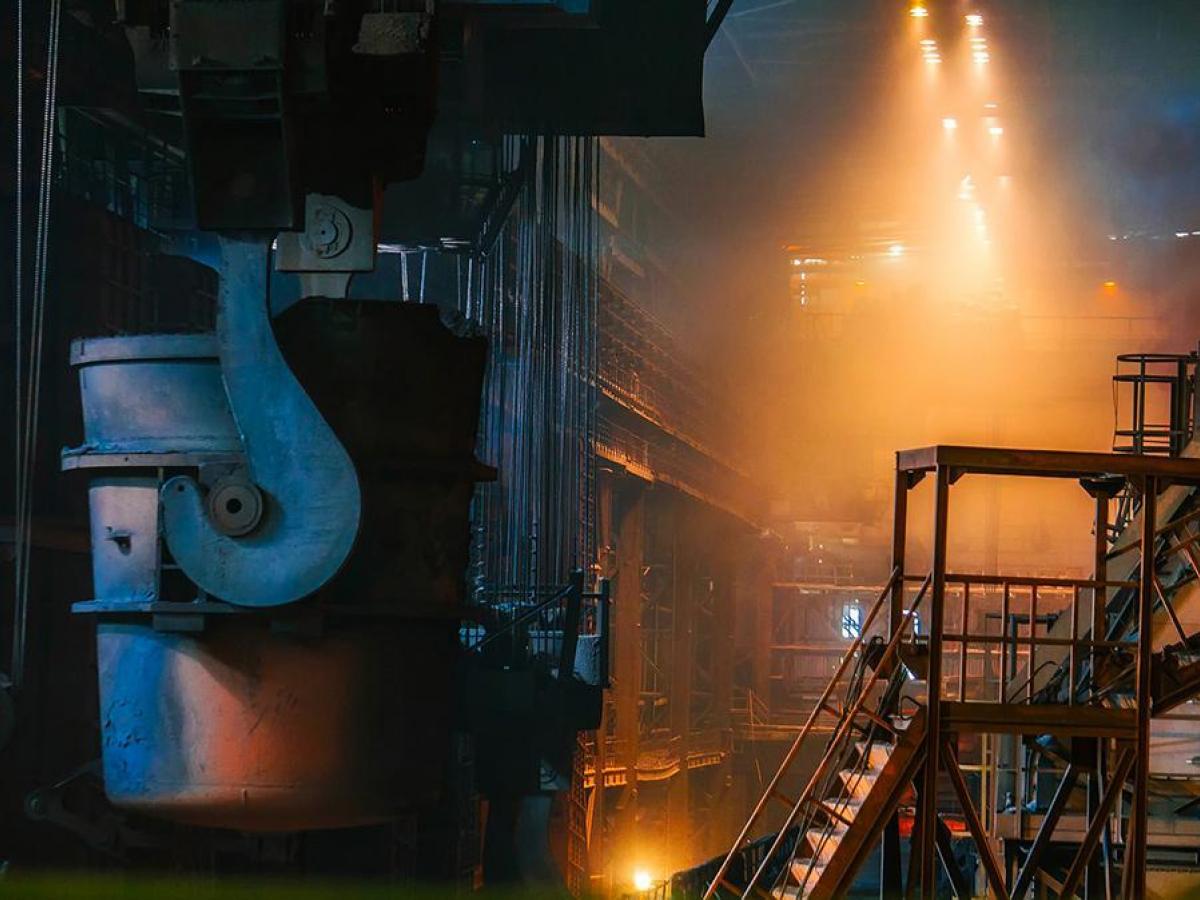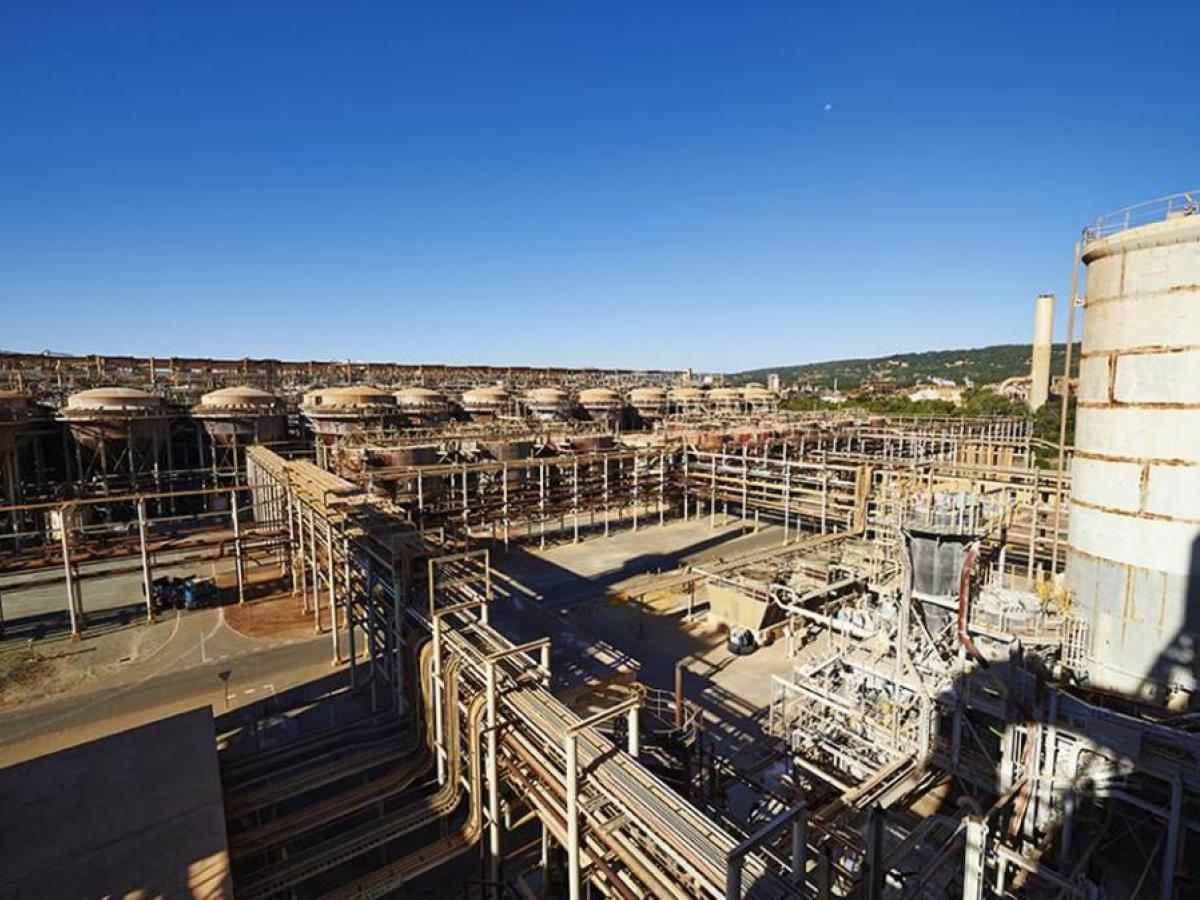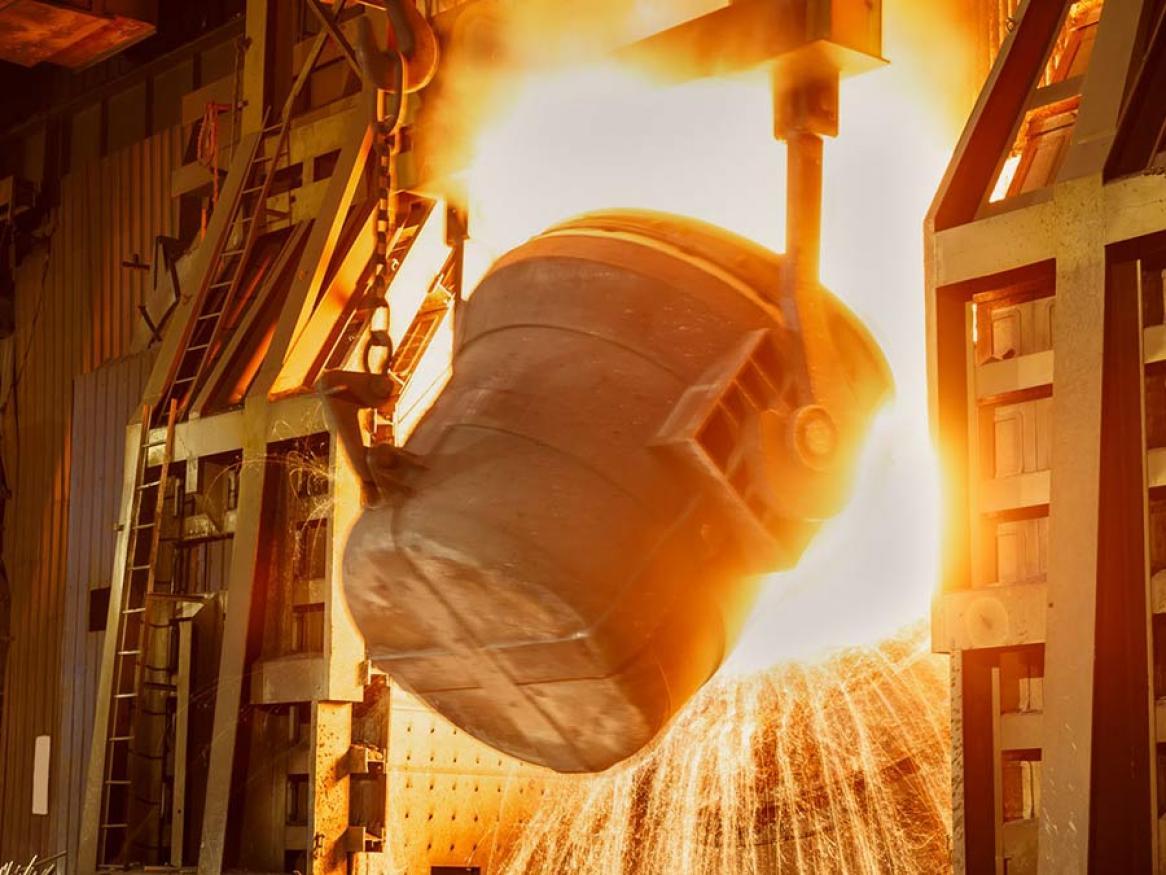HiTeMP-1 Outlook Report
The outlook from HiTeMP-1 produced a multi-stakeholder perspective on pathways to high value, net-zero CO2 products for the new economy.
HiTeMP-1 Outlook Report
The key perspectives discussed at the forum were captured in the HiTeMP-1 Outlook Report.
Report highlights
Key pathways by industry type
Pathways to low cost, renewable energy driven heat will vary significantly from one industry to another. But there are also opportunities to transfer some technologies between them.
-
Iron and steel

The most plausible pathways are the replacement of coking coal, which is needed to reduce the ore, with hydrogen or bio-coke from wood (Hooey, 2018) plus carbon capture and storage/use (CCS/U). The major barrier is the development and demonstration of technologies that reduce production costs of these alternatives. An additional barrier is the need to develop ore-specific process modifications for each plant, since the details differ from plant to plant.
-
Alumina

Since the low temperature stage of the alumina Bayer process is compatible with commercially-available CST technologies, there are no real technical barriers to its implementation. Direct use CST at higher temperatures could supply heat for the calcination process and/or the production of alternative fuels such as hydrogen and syngas generated from solar and natural gas or biomass in the mid term, and from only water in the longer term (McNaughton, 2018). Syngas has already been used commercially for calcination. Further research, development and demonstration is needed to de-risk the use of hydrogen, although no significant technical barriers are anticipated (Nathan, 2018).
-
Cement and lime

In addition to already using “waste” to produce heat, the sector could benefit from stored, high temperature CST heat to reduce CO2 for the energy-intensive calcination step of cement production. However, the pathway to net-zero CO2 must also address the CO2 released from the calcination process itself. While some substitute materials are being used as a blend to reduce net CO2 emissions, an ongoing need for calcination is perceived for the foreseeable future (DeGaris, 2018). It is likely that CCS/U will also be needed to decarbonise this process.
Key technologies
The technologies with the greatest potential to achieve low cost, renewable energy driven heat in the above industries are as follows:
-
Direct use of concentrated solar thermal (CST) heat
Technologies are under development with a realistic expectation to supply heat at ~800 - 1000°C for AUD$10/GJ, which is thought to be competitive with present prices of natural gas, although this is yet to be demonstrated.
-
Solar fuels, such as hydrogen and syngas
New technologies are needed to produce solar hydrogen and/or syngas at costs competitive with fossil fuels. A series of new technologies, including photocatalysis, are under development seeking to meet this need.
-
Refuse derived fuels
These fuels are well established in industries such as cement and lime, where long residence time and potential to adsorb gas phase species enables potentially harmful products to be managed safely. They are also a potential feedstock for more valuable products, such as plastics and liquid fuels, via solar gasification and other processes.
Conclusions
Strong incentives exist to drive the transition toward net-zero CO2 high temperature minerals processing. New markets are already emerging in certified low-carbon products and the cost of renewable energy is falling.
However, while industry is already investing to lower CO2 intensity through increased efficiency, no technologies are yet commercially available for high temperature processing with net-zero CO2 emissions at a competitive price.
Further government co-investment is needed to continue technology development and to demonstrate cost-effective and reliable operation at sufficient scale for the new technologies to be taken up commercially without subsidy.
A key need is a facility suitable for demonstrating new technologies at industrially realistic scales (of order 10 MW). Long term operation at an adequate scale is needed to enable new technologies to be de-risked sufficiently to justify commercial uptake.

